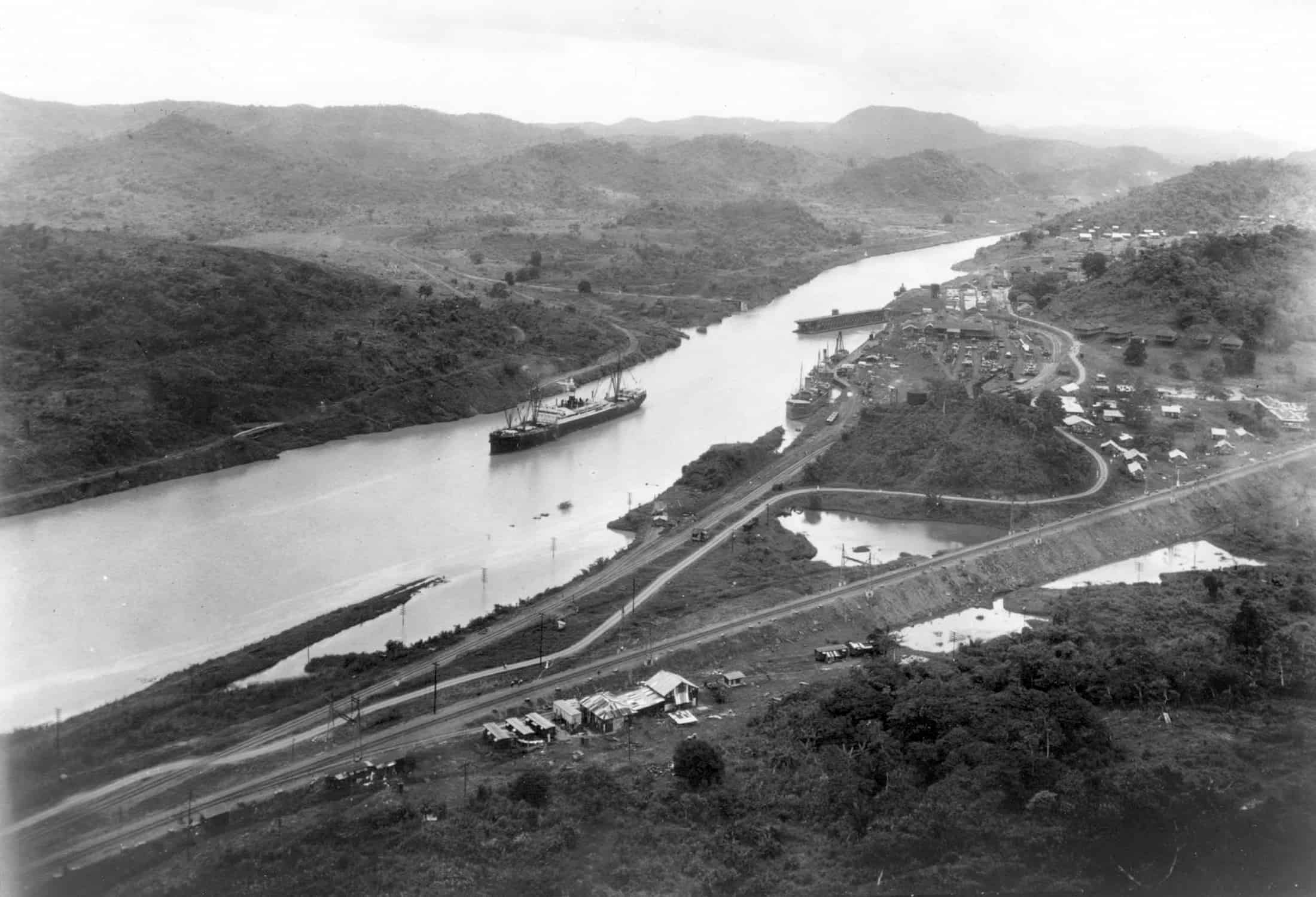U.S. President-elect Donald Trump threatened to reclaim the Panama Canal if it doesn’t reduce tolls for American ships and accused China of being behind the waterway’s operations. Here are five key points about the canal:
1. Panamanian, Not Chinese Administration
The 80-km waterway is operated by the Panama Canal Authority (ACP), an autonomous public entity. Its functions are outlined in the Constitution, which establishes the canal as “inalienable patrimony of the Panamanian Nation” and open to vessels “of all nations.”
The United States (74% of cargo) and China (21%) are its main users, followed by Japan, South Korea, and Chile. The Panamanian government sets toll prices based on ACP recommendations, canal needs, and international trade demand.
Rates are determined by vessel capacity and cargo type, not country of origin. “The canal is not under direct or indirect control of China, the European community, the United States, or any other power,” stated Panama’s President José Raúl Mulino, rejecting Trump’s threats.
2. Part of National History
Panama’s 1903 independence from Colombia is linked to the canal. After French Count Ferdinand de Lesseps failed to build a canal, the U.S. promoted Panama’s separation and signed a treaty for perpetual rights to build it.
After 10 years of construction and $380 million investment, the canal opened August 15, 1914, with the SS Ancon’s crossing. The project claimed 25,000 lives from diseases and accidents during French and American construction.
“Our country’s sovereignty and canal are non-negotiable, representing our history of struggle and irreversible achievement,” stated Mulino alongside former Panamanian presidents.
3. U.S. Enclave
Washington established an enclave flying the U.S. flag, with military bases, police, and its own justice system. This led to decades of Panamanian demands for reunification and control.
In 1977, Panamanian nationalist Omar Torrijos and U.S. President Jimmy Carter signed treaties transferring the canal to Panama on December 31, 1999.
“Any attempt to reverse this historic achievement dishonors our struggle and offends the memory of those who made it possible,” wrote former president Martín Torrijos, the general’s son, on social media.
4. Shortcut with Elevators
The canal connects Pacific and Atlantic oceans, using freshwater (rainwater) stored in two artificial lakes, unlike Egypt’s Suez Canal. A drought threatened operations in late 2023, but conditions have normalized.
The system uses locks like elevators, raising ships 26 meters to reach Lake Gatún’s level. Another set of locks lowers vessels to sea level. The canal revolutionized navigation and global trade, saving ships 20,300 km between New York and San Francisco by avoiding Cape Horn.
5. Golden Goose
The canal handles 5% of global maritime trade, connecting over 1,900 ports in 170 countries. Expanded between 2009-2016, it now accommodates ships up to 366 meters long and 49 meters wide.
Contributing 6% of Panama’s GDP, it has generated over $28 billion since 2000, far exceeding the U.S. administration’s 85-year contribution ($1.878 billion). Last fiscal year saw 11,200+ vessels carrying 423 million tons, contributing $2.47 billion to the treasury.
“Americans benefited greatly from the canal; it was never a gift” to Panama, said former ACP chief Jorge Quijano.






